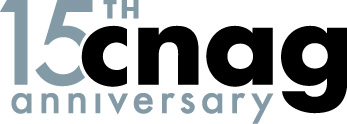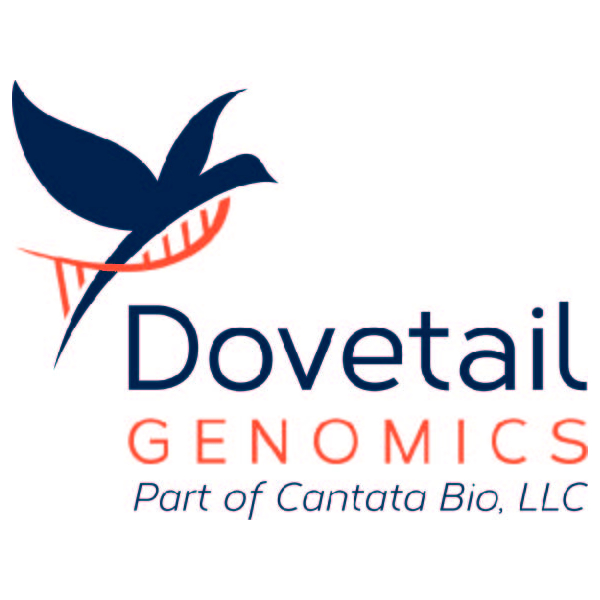BCN, 8 Feb, 2019.- How do they do it? How do they get genetic information from a blood sample? How do you manage the genetic information of 20,000 people? How do you get to understand all this information so it can be used for research? These are some of the questions asked by GCAT participants while visiting the Centro Nacional de Análisis Genómico (CNAG-CRG) and Barcelona Supercomputing Centre (BSC), both centres are collaborating with the project. These questions now have answers.
The visitors are volunteer participants in the GCAT Project who won a lottery held for all the people who answered the first follow-up questionnaire on health and daily routine. During the visit Julie Blanc, manager of the Sample Preparation Team at CNAG-CRG, explained the whole process, from the arrival of the samples to the center until obtaining the DNA sequence. She gave a quick review of the history of sequencing, quick but breath-taking, up to now, when New Generation Sequencing advances allows us to reduce the costs and time needed to read the DNA sequence. However, "it is not all in the genes, that is why the information provided by projects such as the GCAT is so important for comparing the genetic and environmental influences," Blanc explained.
And once we have the sequence? The GCAT scientists take the information to the BSC to analyse the genomic sequences obtained from the samples. The visitors were able to see first-hand the MareNostrum, the supercomputer installed in the Torre Girona and where their genetic information has been processed along with data from research from areas as diverse as Earth Sciences, Computing Science or Astrophysics.











